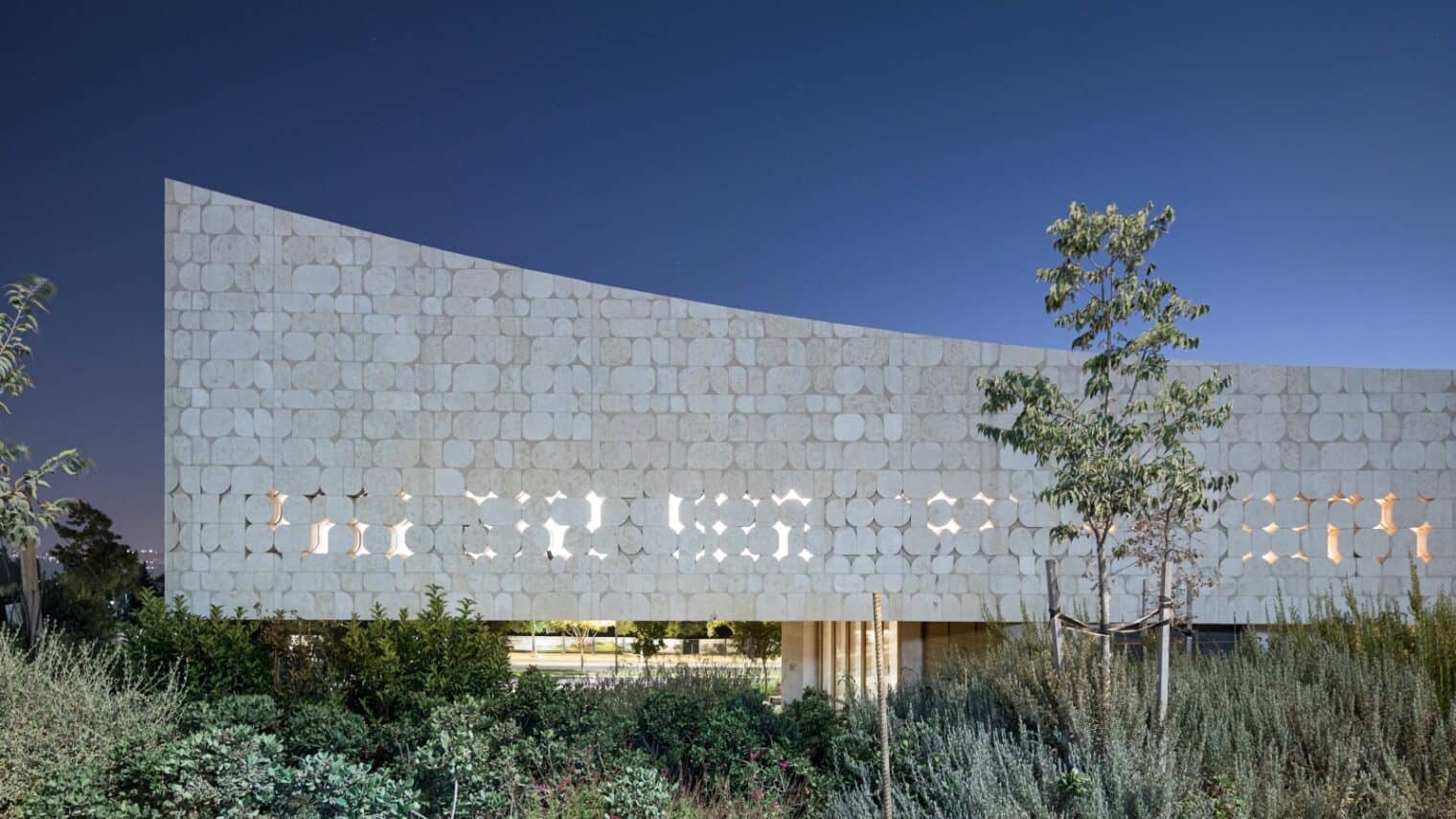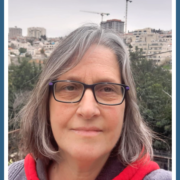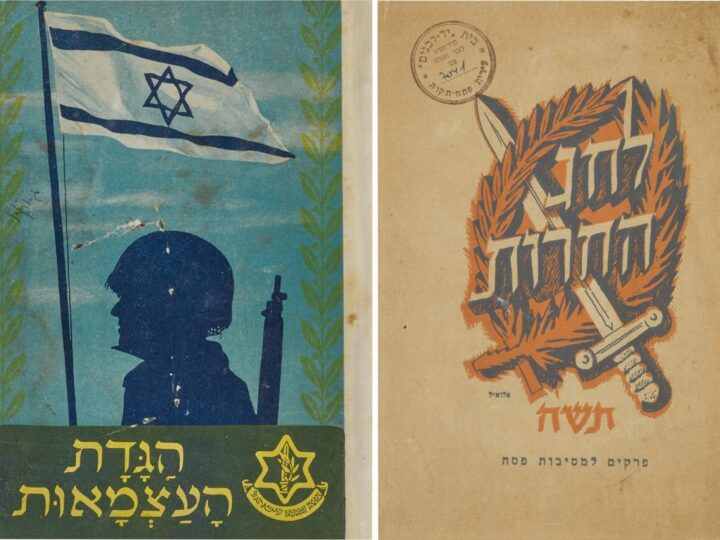As the opening date for the new building of the National Library of Israel (NLI) approaches, workers are busy transferring the library’s treasures from their old location on the Hebrew University Givat Ram campus to their new home in Jerusalem’s Government Quarter, triangulating with the Knesset and the Israel Museum.
With its distinctive curved roof shaped like an open book, the 46,000-square-meter, 11-story structure—with six floors above ground and five below—is scheduled to open to the public at the end of October.
The smell of newly polished wood and books intermingle and linger in the air as workers put finishing touches on the interior and move books on rolling carts to their places on the beautifully curved wooden shelves.
“They only have a few more weeks left to move a million books,” quipped NLI Director General Oren Weinberg, as he exhorted a group of journalists to make way for a worker wheeling a multilevel cart full of books.
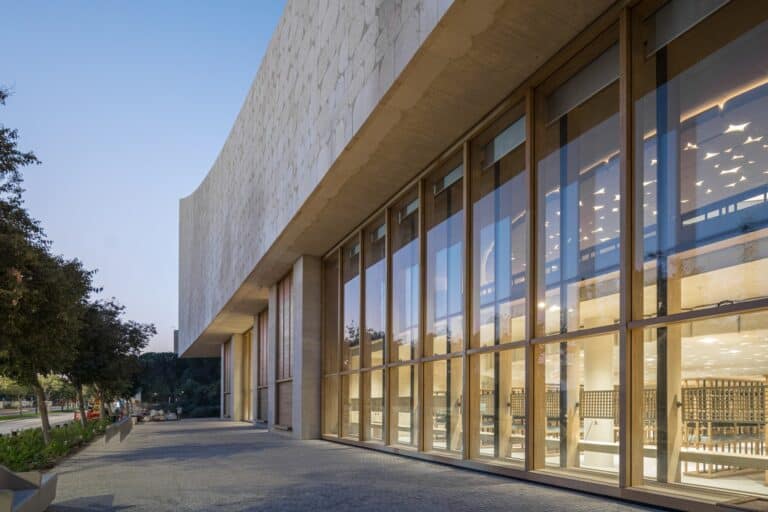
In recent months, workers have moved over to the new building some four million books, historical newspapers, photographs, 1,500 personal collections and archives, thousands of antique maps, tens of thousands of manuscripts, posters and other collectible memorabilia, records and tapes, as well as millions of digitized documents, music recordings, and many more treasures.
“This is not a story of 25 or 28 years,” NLI Chairman Sallai Meridor told us. “Some may say that it is a story of 4,000 years, but the story of the library itself is a story of 130 years.”
A green library
The NLI was founded in 1892 by Zionists in the Diaspora and Israel who were committed to preserving the history and heritage of the Jewish people.
The new building was designed by Swiss architecture studio Herzog & de Meuron, known for international works such as the Tate Modern in London; the Elbphilharmonie Hamburg; and the National Stadium (Bird’s Nest) in Beijing.
The building will be officially inaugurated on October 17.
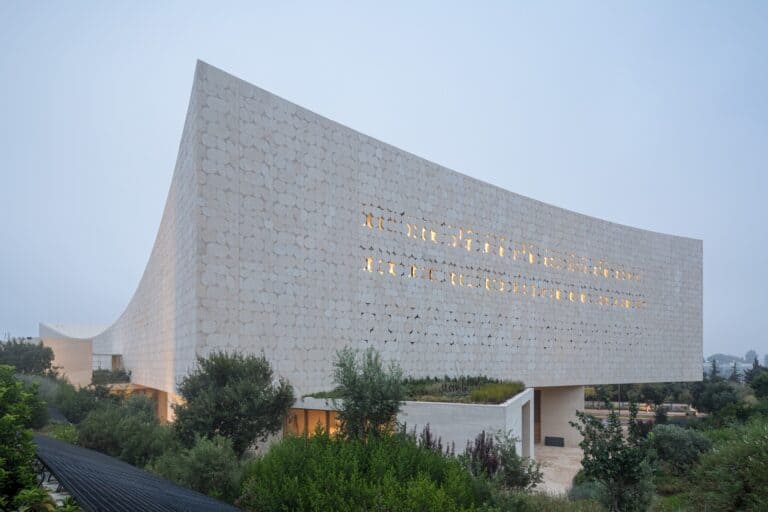
The new library was awarded LEED (Leadership in Energy and Environmental Design) Platinum certification, the highest rating of the most widely used green building rating system.
It has solar panels, low energy/low maintenance lighting, and Israel’s first below-ground “rockstore,” a mechanism for storing thermal energy that significantly lowers the energy required to cool the building, enabling a reduction in operational expenses.
Rare treasures
A permanent exhibition gallery will present rare heritage treasures of the Jewish people and Israeli society on a rotating display, alongside items from the Islam & Middle East and the Humanities collections.
Unique items include: Keter Damesek (Damascus Crown), a rare 1,000-year-old Torah volume, one of 12 “Crowns” preserved at the library; a manuscript containing commentaries on the Mishnah by Maimonides with his handwritten corrections; a first edition of the Babylonian Talmud; the Rothschild Haggadah; an almost 1,000-year-old Qur’an; and an 11th century handwritten copy the Book of Healing of Islamic physician and philosopher Abu Ali Ibn Sina (known in Europe as Avicenna).
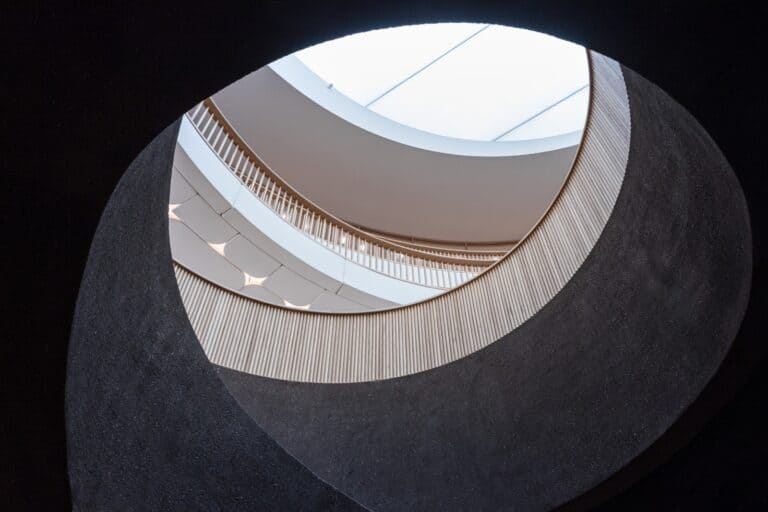
A special display table for documents from the library’s archival collections was painstakingly created by permanent exhibit curators Netta Assaf and Yigal Zalamona to safely exhibit writings by great Jewish and Israeli writers, creators and thinkers, including S.Y. Agnon, Prof. Yeshayahu Leibowitz, Prof. Nechama Leibowitz, the poet Rachel, Leah Goldberg, Uri Zvi Greenberg, David Grossman, A.B. Yehoshua, Eli Amir, Jacqueline Kahanov, Rabbi A.Y. Kook, HaHazon Ish, and others.
Displayed items commemorating moments from history include the first draft of “Jerusalem of Gold” by Naomi Shemer; the note found on poet and fighter Hannah Szenes (Senesh) on the day of her execution by Nazi firing squad; a letter sent as a young man by Israel’s first astronaut, Ilan Ramon, to Prof. Yeshayahu Leibowitz and his response; and writer Stefan Zweig’s suicide note.
Small details
Funding for the new building came from the Israeli government in partnership with Yad Hanadiv – the Rothschild Foundation, the Gottesman Family of New York, and individual donors from Israel and abroad.
The architects, who are not Jewish, invested great energies in learning about Jerusalem, Israelis, and Jewish culture and traditions before they started the project.
Once the work began, project manager Ephrat Pomerantz worked in close coordination with the Swiss architectural firm and local executive architects Mann Shinar to bring to life the vision the library staff had when they first embarked upon the renewal project 30 years ago to make the NLI more accessible and independent of the Hebrew University.
More than 50 architects from Herzog & de Meuron contributed to the project over the course of 10 years, including five always present on site for construction.
They sought input from long-time library patrons on aspects ranging from the location and quantity of the bookshelves in the main reading halls, which are located in a spiraling open space on the different levels in the library’s center, to the design of chairs for the reading room.
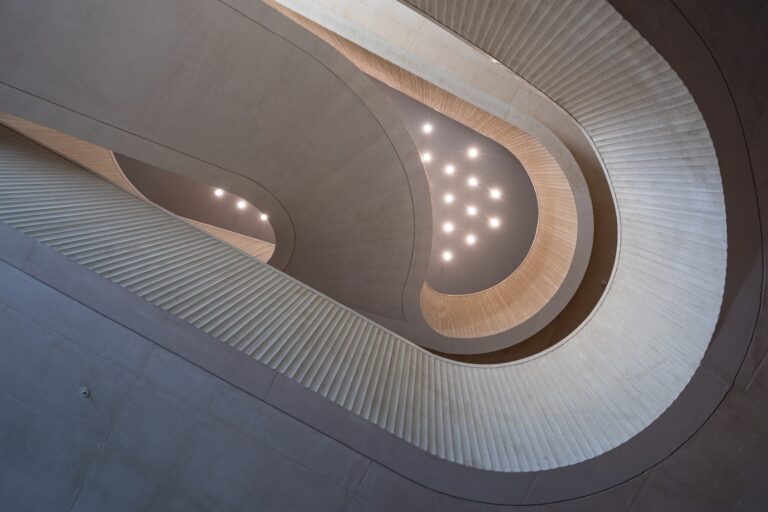
Small details taken into consideration included the acoustics of the carpeted lower floor where the library’s collection of rare books and documents is located, and how the chemical makeup of the wooden shelves would affect the books.
Centered around people
“When the architects initially presented their design, they proposed a plan where the books would be in the center, creating what they called a ‘sea of books’ in the middle of the reading room,” noted Weinberg.
“But we told them they didn’t understand our philosophy of the library. The library is centered around people, not around books. So we changed the design. The people are in the center and they are surrounded by books.”
After noticing many library patrons in the old building taking out large volumes of the Talmud, the architects inquired into the meaning of these books. When told about their importance to Jewish learning, they created a wooden bookcase in the center of the shared space of the reading room for all the library’s Talmud volumes.
Inside the main reading rooms there are 200,000 books. Readers expressed a preference for more sitting space rather than more books, Weinberg said, knowing that they would be able to order any book from the library’s robotic storage room.
In the climatized warehouse, where an additional 50,000 books are stored and the lowered oxygen level protects against fire, one of four robots can fetch any pre-ordered book and get it to the reader within 10 minutes, he said.
The main reading hall has a 600-person capacity, with classrooms and study and work rooms that can be reserved online free of charge.
Works of art
The library is enhanced by extensive outdoor gardens and artworks including two newly donated works by Marc Chagall; two works by British artist Edmund de Waal; and a monumental stone sculpture, “Letters of Light,” by Israel Prize laureate Micha Ullman.
Also in the new building are a 480-seat indoor auditorium, a visitor center presenting the library experience through an interactive “soundwalk” with visuals on a 20-meter-long LED screen; an education center offering activities for school and community groups and families; and a restaurant, café, and book shop.
“The younger generation is important. We have to reach them with their tools, where they are today: on the web, on their applications and social media,” said Meridor. “If we don’t learn how to tell our story to children we will lose them in the end. When my grandchildren call me about a posting on TikTok or Instagram, and they say ‘Saba [grandfather], you really played it,’ I know we have reached them.”
In addition, people from Israel and abroad can access digitized parts of the library’s collection.
“In Jerusalem, I can say that the meeting points between the different populations is in the zoo or in the emergency room; we offer a different alternative here,” said Weinberg. “It is very important for us not to create a temple, but a place where people can be at the center.”




